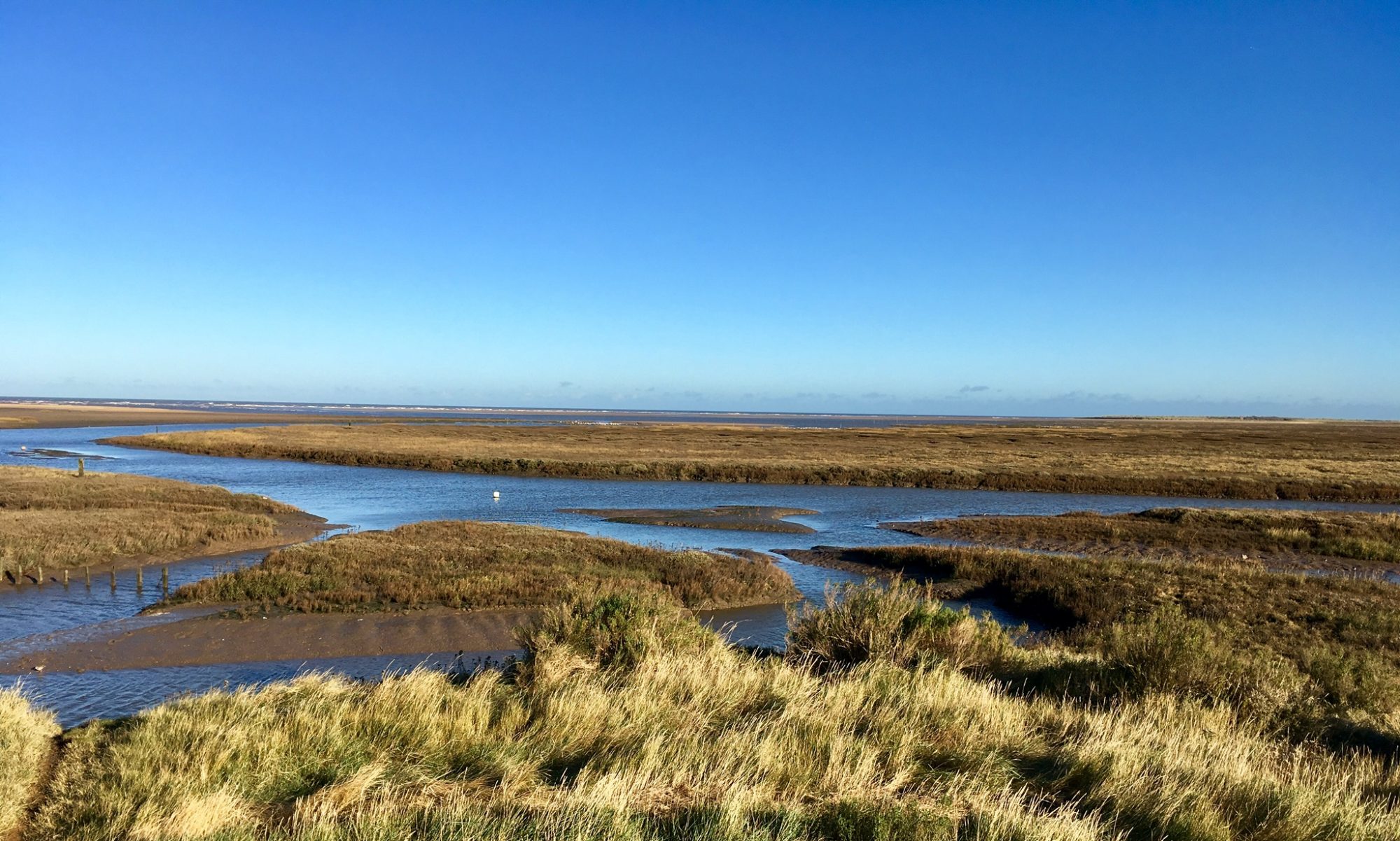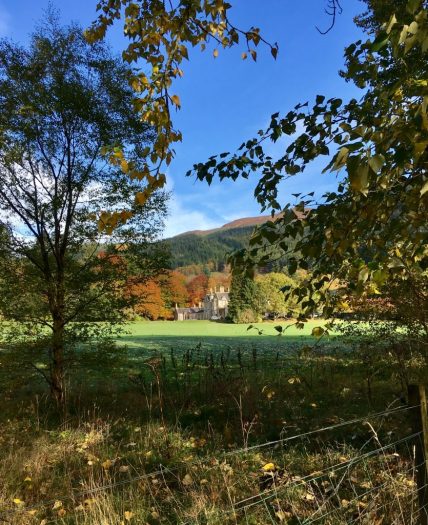Coastal Walk from Flamborough to Bempton
This stunning coastal walk explores some of Britain’s highest chalk cliffs from Flamborough Head https://www.yorkshire.com/places/yorkshire-coast/flamborough to Bempton. What better way to welcome the Spring than with this moderately challenging walk. At a distance of 6 miles in the sunshine along the East Yorkshire coast, there are wonderful views… and the arrival of some our Summer sea bird visitors for company.

Best Foot Forward
Start from Flamborough Head Lighthouse, a well-maintained and imposing beacon with a lot of history. The original lighthouse was first built in 1669 https://www.trinityhouse.co.uk/lighthouse-visitor-centres/flamborough-lighthouse-visitor-centre This is an opportunity for refreshment and toilets at the Lighthouse Cafe, before starting out. Take a walking-pole, you may need it and, depending on the weather, sturdy walking boots. The walk starts off with some fairly narrow, steep, steps. Look out for skylarks, corn buntings, stone chats, wheat ears and of course, many butterflies and an abundance of wildflowers.

Bright Yellow Gorse in Full Bloom
Skirt the Flamborough golf course, edged with vibrant, yellow gorse in full bloom at this time of year. The only problem with this walk is the many stops that need to be taken in order to drink in the views and take photographs. The North Sea is at its best along this stretch of coast. It is surprisingly blue. There are lots of places to just sit and stare.

Follow Your Nose
It is difficult to go wrong, just follow the coast path up through Thornwick, leaving the bay down below. There are not many opportunities for paddling. The cliffs are steep drops to the sea below. Sadly, there is some coastal erosion in parts. Great care must be taken.

Breathtaking
The walk ends at the visitor centre of the RSPB’s https://www.rspb.org.uk/reserves-and-events/reserves-a-z/bempton-cliffs Bempton Cliffs nature reserve. Here are viewing platforms to get better sightings of the nesting birds. And there possibility of seeing a Puffin. Refreshments are available here too. The cliffs are a temporary home to razorbills, kittiwakes, guillemots, gannets, fulmars and puffins – a cacophony of screeching seabirds. This is one of Europe’s busiest seabird colonies. Be prepared though, the smell of the guano can take your breath away.

The Stunning East Yorkshire Coast
This has to be one of the most stunning coastal walks in Britain, it’s certainly one of my favourites. This particular route was voted 50th in an ITV poll to find Britian’s favourite walk. If you’re even mildly interested in wildlife, Bempton Cliffs is the place to be.










































